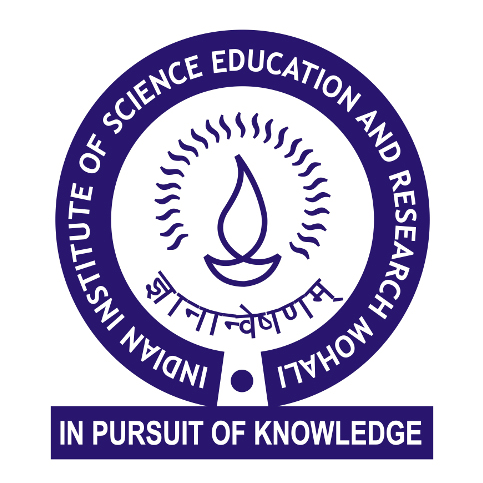Events Calendar
Unveiling the Secrets of Star Formation in the Milky Way and Void Galaxies
Wednesday 26 November 2025, 03:00pm
Dr. Ekta Sharma (National Astronomical Observatories, Chinese Academy of Sciences - NAOC, China)
Video call link: Click here
Location : Seminar/Conference Room, AB1 Building
Abstract: Stars form in the densest regions of interstellar medium called molecular/dark clouds which host gravitationally unstable cores. The overall low star-formation efficiency of our galaxy hints towards the role of resisting factors in addition to gravity where magnetic fields serve as an important agent in setting up the star-formation rate and the efficiency. Since their discovery 60 years ago, much work has been done to study the magnitude and morphology of interstellar magnetic fields. Observational techniques involve linear polarization of dust emission and the starlight extinction, Faraday rotation of linearly polarized radiation and Zeeman observations of spectral lines. However, these techniques have varying importance due to the different density regimes in the interstellar medium. In this talk, I will discuss results of multi-wavelength polarization observations in different star-forming scenarios to measure magnetic fields using state-of-the-art facilities, James Clerk Maxwell Telescope (JCMT) and the Five-hundred-meter Aperture Spherical radio Telescope (FAST). Further, I will also discuss the possible implications of the estimated magnetic field strength and the energy budget on the intricacies of the star formation process. In addition, I will briefly highlight our recent results of star formation properties and environment of void galaxies using interferometric and single-dish radio observations.
website policy
Connect with us
IISER Mohali, Knowledge city, Sector 81, SAS Nagar, Manauli PO 140306
Telefax : 2240266, 2240124
-
+91 - 172 - 2240266
- +91 - 172 - 2240266


